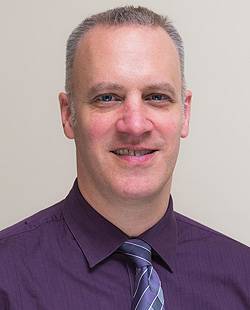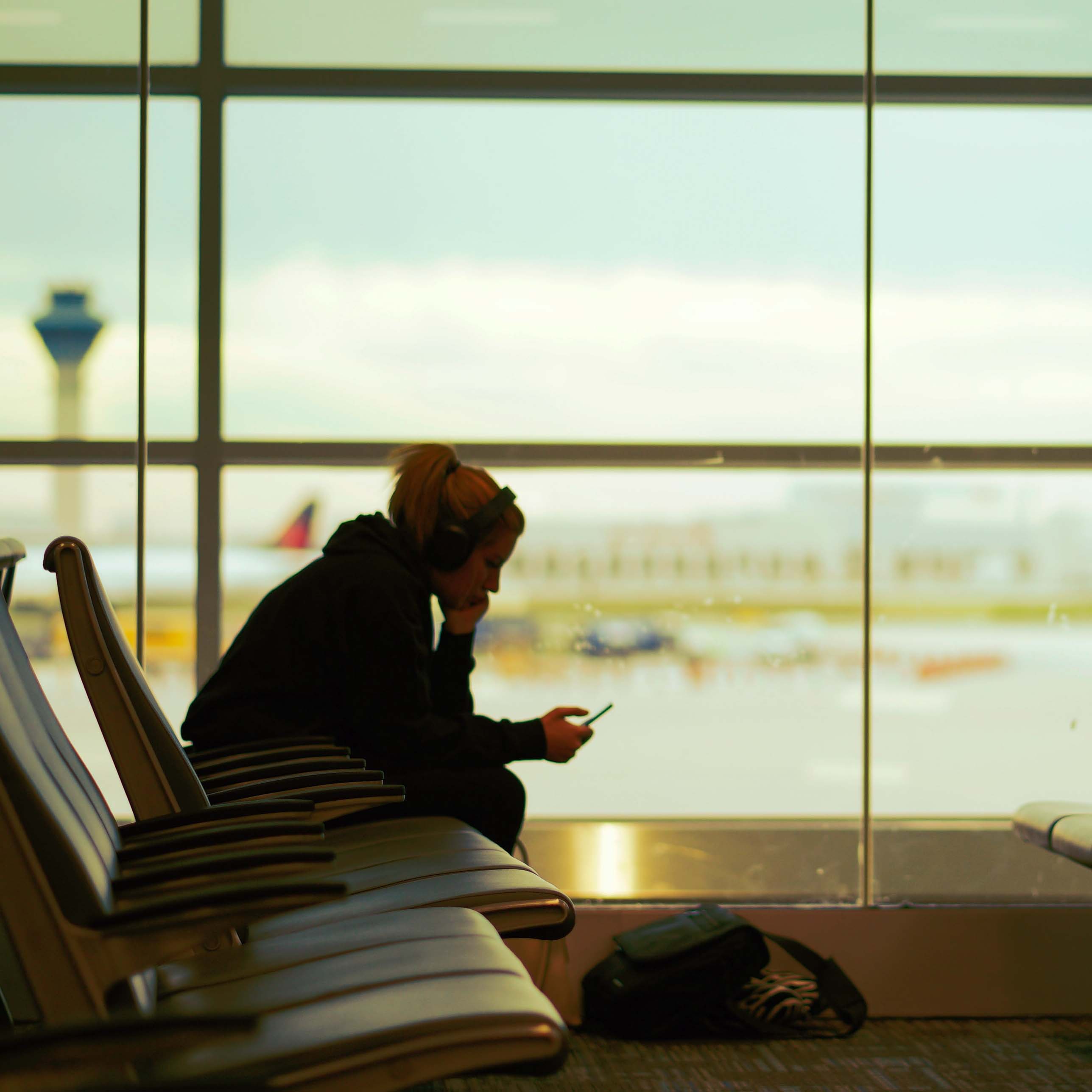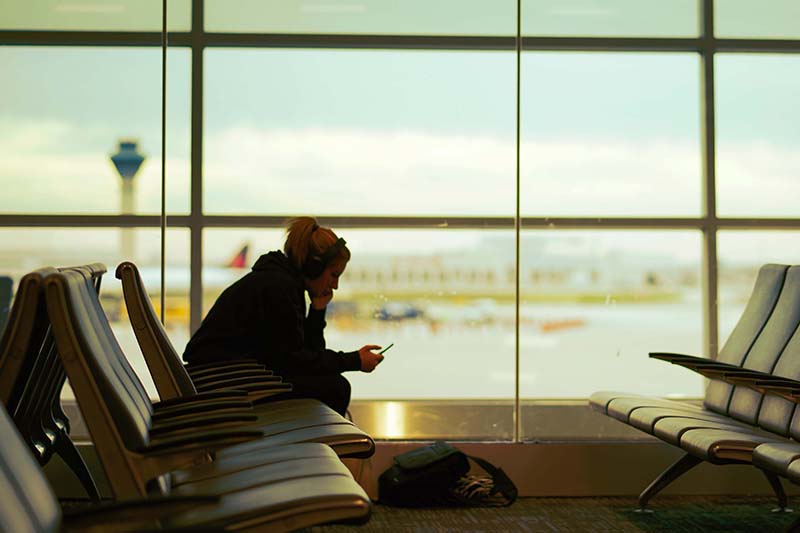Whether you travel for business or pleasure (or a little of both!), it’s exciting to have the opportunity to explore new places and cultures.
But for many of us, the journey to get to these new places may not always be pleasant: About 40 percent of people have some anxiety about flights, and 3 percent have a clinical phobia.
While we may not be able to leave our flight anxiety on the tarmac 100 percent, there are steps we can take to reduce it. Check out these five coping skills before your next departure.
1. Zero in on what makes you anxious
Not everyone has the same type of anxiety about air travel. One of the most common is anxiety over the lack of control, and fear of the plane going down. But other common anxieties include feelings of claustrophobia or being “trapped in the sky,” the amount of germs you may encounter with so many people in a small area, or takeoffs, landings, and turbulence. The first step to managing your flight anxiety is figuring out what it is, specifically, that triggers it for you.
2. Educate yourself as much as you can
Knowledge is power, and may help you gain control over your flight anxiety. For example, if your anxiety stems from lack of control or fear of the plane crashing, publicly available information from the Bureau of Transportation Statistics may help you feel a bit better. In the last decade, there have been fewer than 20 fatalities on commercial aircraft over 180,000 flight hours. When I board my plane, I assure myself I am much safer on it than I am when I get into my car to drive, which makes me feel better about my lack of control.
3. Prevent other potential stressors
Focus on what you can control, and in the process, prevent additional stressors from aggravating your anxiety. Know your flight details, check in ahead of time, and arrive to the airport with plenty of time—most airlines recommend arriving two hours early for a domestic flight and three hours early for an international one. Research what’s available for dining and entertainment options at that airport before you arrive, so you can keep yourself busy and distracted before you depart. This may exclude consuming caffeine or alcohol if those beverages exacerbate your anxiety.
4. Leverage CBT
Cognitive behavioral therapy, or CBT, is the therapy behind many of the techniques and tools within Sanvello, and they can work for flight anxiety, too. Techniques like 4×4 breathing and meditation (Sanvello has one just for flight stress!) work as well in the air as they do on the ground, and others can be tailored to flying. For example, maybe you create a hope or vision board with pictures of your destination, or previous trips you’ve enjoyed. These can help you visualize the reward at the end of your journey.
Another option is to use the premise of guided imagery. Guided imagery is a relaxation technique that uses positive mental images to influence how you feel. It can enhance a feeling of calm. Finally, it may also help to visualize yourself completing your trip from the safety of your home. For example, imagine yourself packing, getting an Uber to the airport, arriving at the airport, etc.— all before you actually do those tasks. Envisioning the experience, imagining potential outcomes, and calming yourself through it can be done on your own or role-played with a friend. This practice is a small step that can help the real thing feel more manageable and less stressful.
5. Replace it with distractions
In Sanvello, we talk about “face it or replace it.” The key CBT principle here is that when you are confronted with a challenge, you can choose to face it head on, or “replace it” by effectively distracting yourself from the problem. Flight anxiety is a good candidate for the latter, and the airlines help deliver here, with most flights offering personal screens with an array of entertainment options. You can check out new movies and entertainment options before you even board (like this example from Delta), and bring your own entertainment on your device as well, just in case (just be sure to download for offline access). Getting sucked into a great movie or book can be the perfect escape from flight anxiety!

By Dr. Patrick Raue
Clinical Psychologist and Sanvello Clinical Advisory Board Member
Patrick J. Raue, PhD is Professor in the Department of Psychiatry and Behavioral Sciences at the University of Washington. He received his PhD in Clinical Psychology from SUNY Stony Brook in 1995.
Dr. Raue is Associate Director for Evidence-Based Psychosocial Interventions at the AIMS Center, and Director of the National Network of Problem Solving Therapy Clinicians, Trainers & Researchers. In these roles, he develops and leads implementation and training programs in a variety of behavioral health interventions.

